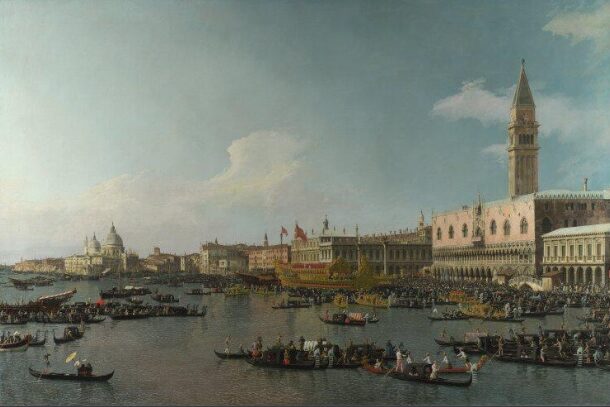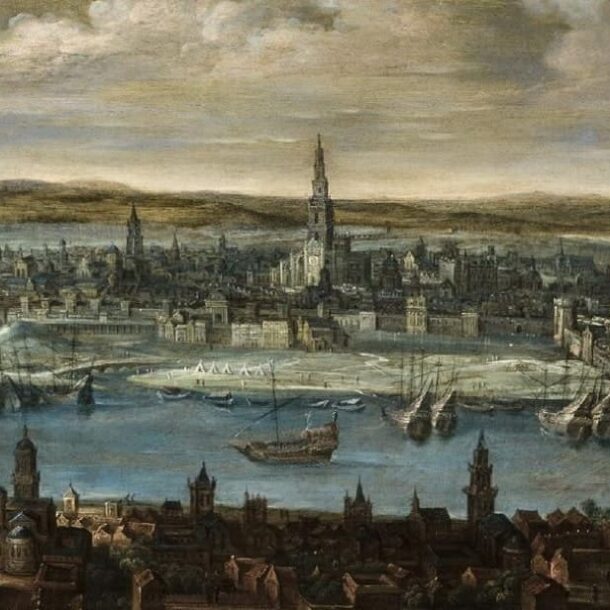
The Romantic style imposed a new model of femininity known as the “angel of the home”. The active and emancipatory vision projected in the French Revolution turned during Romanticism to the ideal of a woman who, involved in Renaissance educational treatises, secluded herself in a sphere of influence and action in the domestic sphere. Along the lines of Fray Luis de León’s Perfect Married Woman of 1584, the canon of the good wife was established in Europe between the 16th century and well into the 20th century. In the field of clothing, the cotilla made a strong comeback to emphasise the silhouette. The basic women’s garment of Romanticism was the dress composed of a skirt and bodice: the former with a flared drape and decorative elements in which the inner corset and belt were intended to enhance the waist, creating a sensation of lightness and slenderness. During this period, the costume canon made it difficult for the body to move, imprisoning it and preventing it from being used for anything more than public display.
Collection: Images
Project: 11. Science and culture as representation in Europe., 4. Family, daily life and social inequality in Europe.
Chronology: XIX
Scope: Secondary Education, Baccalaureate, University
Link: https://museosenfemenino.es/museo_traje/cuerpos-modelables/vestido-rom%C3%A1ntico-1830
Resource type: Image
Source: Museo del Traje (Madrid)
Language: Spanish
Date: 1860
Owner: Álvaro Romero González (Modernalia)
Identifier: NS/NC
Copyright: Museo del Traje (Madrid)
Abstract: Romantic piece of women's clothing
Image
Tags






